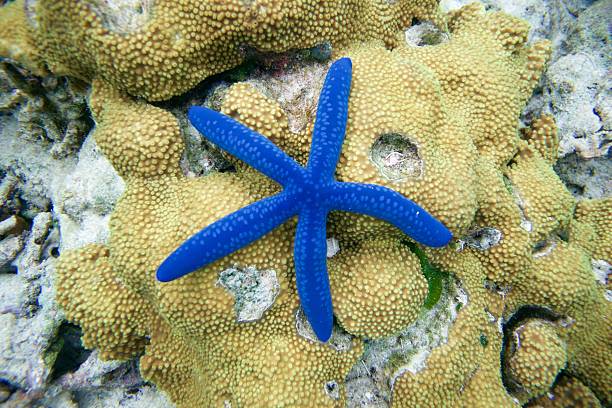Blog

Marine invertebrates
- by Cindy
-
in Blog
-
Hits: 3306
What are the different groups of marine invertebrates?
An invertebrate is an animal that does not possess or develop a skeleton. To start speaking about marine invertebrates, we need to know that they can be divided into 5 main groups:
Cnidarians, that has over 10’000 species. Their body is made by 2 forms: a polyp and a medusa. They can be mostly found in shallow water, but some species are in depths too. They prefer tropical and subtropical water even if we can find a few in cold water.
They are carnivorous (eat mainly crustaceans), swim by jet propulsion or by crawling or somersaulting. The most common ones: jellyfish, corals, anemones, sea fans.
Porifera (sponges), that has over 5’000 species. Sponges are very simple organisms, without arms, legs, or internal organs. They are hollow and have pores and channels. They exist in all marine habitats, and don’t move during their life. They eat small invertebrates.
Mollusca, that has over 85’000 species and represents 23% of all the marine organisms. They have soft bodies and a mantle, some of them have also a shell. They can be found in every sea, and at different depths. Most of them are herbivorous, but a few of them eat fishes. They move by crawling, burrowing or even jet propulsion with their tentacles. The most common ones: snails, slugs, octopus, squids.
Echinodermata, that has about 7000 species. They are covered by a calcareous endoskeleton or spines. Their appendages normally appear in multiples of five and sometimes in layers or rows. They live in all marine environments and can grow at any depth. They eat dissolved particles and plankton that floats around them. They move using their tube feet and some of them can crawl. Most commons ones: sea cucumber, sea stars.
Arthropods, that has tens of thousands of species. Since they appeared they evolved in different species to be able to survive. They have an exoskeleton that support their body and some of them have a skeleton on the outside. They are present in cold and warm water. They eat algae, detritus, solid particles present on the ocean floor. The most common ones are: crabs, shrimp, lobster, hermits.
Comments
- No comments found




Leave your comments